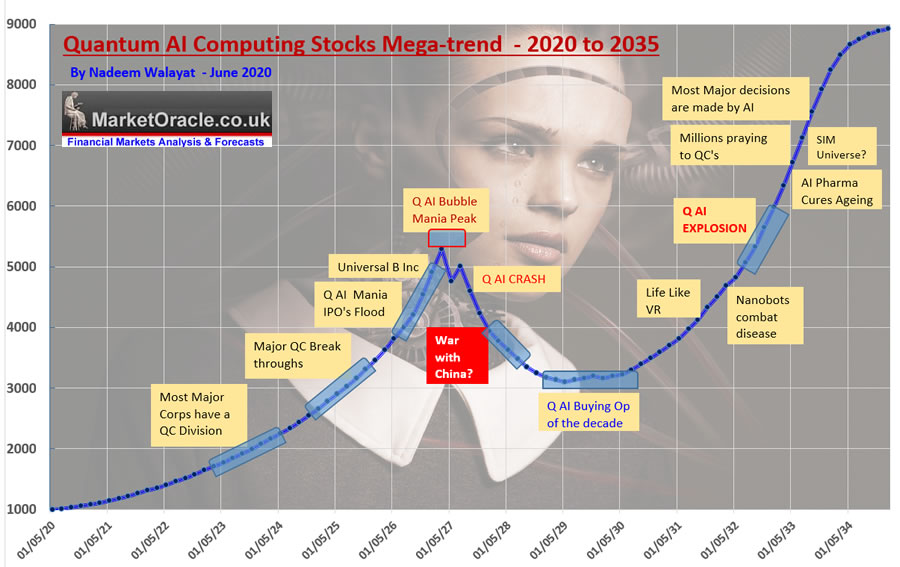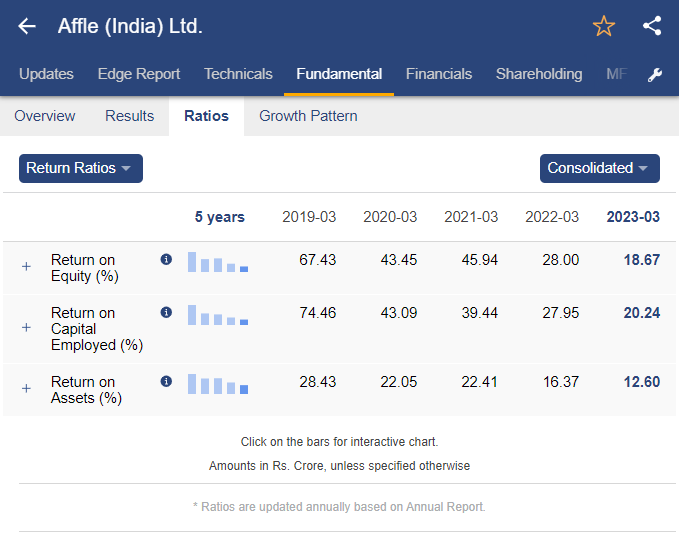20 Recommended Reasons For Picking Ai For Stock Markets
Wiki Article
Top 10 Tips For Diversifying Data Sources In Stock Trading Using Ai, From The Penny Stock Market To copyright
Diversifying the sources of data you use is critical for the creation of AI trading strategies that can be utilized across penny stock and copyright markets. Here are 10 top strategies for integrating different sources of data and diversifying them to AI trading.
1. Use multiple financial market feeds
Tips: Collect information from multiple sources such as the stock market, copyright exchanges and OTC platforms.
Penny Stocks Penny Stocks Nasdaq Markets OTC Markets or Pink Sheets
copyright: copyright, copyright, copyright, etc.
Why: Relying on one source can result in incomplete or incorrect information.
2. Social Media Sentiment Analysis
Tip: You can analyze the sentiments of Twitter, Reddit, StockTwits and many other platforms.
To locate penny stocks, check niche forums like StockTwits or the r/pennystocks forum.
For copyright To be successful in copyright: focus on Twitter hashtags, Telegram groups, and specific sentiment tools for copyright like LunarCrush.
What's the reason? Social networks have the ability to create hype and fear especially in the case of assets that are speculative.
3. Make use of Macroeconomic and Economic Data
TIP: Include data like interest rates, the growth of GDP, employment reports, and inflation metrics.
The reason: The larger economic factors that affect the behavior of markets provide a context for price movements.
4. Use on-Chain copyright data
Tip: Collect blockchain data, such as:
Activity of the wallet
Transaction volumes.
Inflows and outflows of exchange
The reason: Chain metrics can provide valuable insights into the market and investor behavior.
5. Include alternative data sources
Tip Integrate data types that are not conventional (such as:
Weather patterns (for industries like agriculture).
Satellite images (for logistics or energy, as well as other reasons).
Analyzing web traffic (to gauge consumer sentiment).
The reason why alternative data could be utilized to provide non-traditional insights in alpha generation.
6. Monitor News Feeds for Event Data
Utilize NLP tools for scanning:
News headlines
Press Releases
Announcements regarding regulations
News is a potent trigger for volatility in the short term and, therefore, it's essential to consider penny stocks as well as copyright trading.
7. Monitor Technical Indicators across Markets
Tips: Diversify your technical data inputs by incorporating several indicators:
Moving Averages
RSI (Relative Strength Index)
MACD (Moving Average Convergence Divergence).
Why: A mixture of indicators can increase the accuracy of predictions, and it avoids overreliance on one signal.
8. Include real-time and historical data
Tips Use historical data to combine backtesting and real-time trading data.
Why: Historical data validates strategies, whereas real-time data assures that they are able to adapt to the current market conditions.
9. Monitor Regulatory Data
Be sure to stay informed about new tax laws or tax regulations, as well as policy changes.
To keep track of penny stocks, be sure to keep up to date with SEC filings.
Follow government regulations, the adoption of copyright or bans.
The reason is that regulatory changes can have immediate and profound impact on the market's changes.
10. AI is an effective tool to clean and normalize data
AI tools can help you prepare raw data for processing.
Remove duplicates.
Fill in the gaps with insufficient data.
Standardize formats across different sources.
Why? Normalized and clean data is vital to ensure that your AI models perform optimally, without distortions.
Make use of cloud-based integration tools and receive a bonus
Utilize cloud-based platforms, like AWS Data Exchange Snowflake and Google BigQuery, to aggregate data efficiently.
Why is that cloud solutions allow for the integration of massive databases from many sources.
Diversifying your sources of data will enhance the effectiveness of your AI trading strategy for penny stock, copyright, and more. Check out the best artificial intelligence stocks examples for blog advice including ai stock predictions, ai penny stocks, ai investing, best ai stock trading bot free, ai stock analysis, ai trader, ai stocks, ai for stock market, ai trading platform, ai predictor and more.

Top 10 Tips For Stock Traders And Investors To Understand Ai Algorithms
Knowing AI algorithms and stock pickers will allow you to evaluate their efficiency and align them with your goals and make the most effective investment choices, regardless of whether you're investing in the penny stock market or copyright. Here are ten best AI techniques that will assist you understand better stock predictions.
1. Know the Basics of Machine Learning
TIP: Be aware of the basic notions of machine-learning (ML) models, such as unsupervised learning, reinforcement learning and supervised learning. These are often employed to predict the price of stocks.
What are they? They are the foundational techniques that the majority of AI stock analysts rely on to analyze historical data and formulate predictions. These concepts are essential to comprehend the AI's processing of data.
2. Familiarize yourself with the common algorithm used to select stocks.
Stock picking algorithms that are widely used are:
Linear Regression: Predicting price trends based on historical data.
Random Forest: Multiple decision trees to increase accuracy in predicting.
Support Vector Machines Sorting stocks according to their features such as "buy" and "sell".
Neural networks: Deep learning models are used to detect complex patterns within market data.
Why: Knowing the algorithms that are being utilized can help you determine the types of predictions the AI is making.
3. Study Feature Selection and Engineering
Tip - Examine the AI platform's selection and processing of features to predict. They include indicators that are technical (e.g. RSI), market sentiment (e.g. MACD), or financial ratios.
How does the AI perform? Its performance is greatly influenced by quality and relevance features. Features engineering determines the capacity of an algorithm to discover patterns that can result in profitable predictions.
4. You can find Sentiment Analysing Capabilities
Find out whether the AI analyses unstructured data like tweets and social media posts, or news articles using sentiment analysis and natural language processing.
Why: Sentiment analyses help AI stock analysts gauge the mood in volatile markets, like the penny stock market or copyright in which news and changes in sentiment can have profound impact on prices.
5. Recognize the significance and purpose of backtesting
Tip - Make sure you ensure that your AI models have been thoroughly testable using previous data. This helps improve their predictions.
The reason: Backtesting lets you to evaluate how AI would have performed under the conditions of previous markets. It provides insight into an algorithm's durability as well as its reliability and ability to adapt to different market conditions.
6. Risk Management Algorithms are evaluated
TIP: Learn about AI's risk management tools like stop loss orders, position size, and drawdown limitations.
The reason: A well-planned risk management can prevent significant loss. This is particularly important on markets with high volatility, such as the penny stock market and copyright. A well-balanced approach to trading requires methods that are designed to minimize risk.
7. Investigate Model Interpretability
Tip: Pick AI systems that provide transparency in the way the predictions are made.
Why? It is possible to interpret AI models enable you to know the factors that drove the AI's decision.
8. Review Reinforcement Learning
TIP: Find out about reinforcement learning (RL) A branch of machine learning where the algorithm learns by trial and error, and adjusts strategies according to penalties and rewards.
What is the reason? RL performs well in dynamic markets, like the copyright market. It is able to optimize and adapt trading strategies based on feedback, increasing long-term profits.
9. Consider Ensemble Learning Approaches
Tip
What's the reason? By combining the strengths and weaknesses of various algorithms, to decrease the risk of errors, ensemble models can improve the precision of predictions.
10. Consider Real-Time Data vs. Historical Data Use
Tip: Determine whether you think the AI model is more reliant on historical or real-time data to come up with predictions. Many AI stockpickers use both.
Why is real-time data essential for trading strategies that are active in volatile markets, like copyright. However the historical data can be used to determine long-term trends and price fluctuations. Finding a balance between these two is usually the ideal choice.
Bonus: Find out about the bias of algorithms and overfitting
Tips: Be aware of biases, overfitting and other issues in AI models. This can happen when a model is adjusted too tightly to data from the past, and does not generalize to current market conditions.
The reason: bias and overfitting can result in inaccurate forecasts in the event that AI applies to real-time market data. Making sure the model is well-regularized and generalized is essential to long-term success.
Knowing the AI algorithms in stock pickers will allow you to better evaluate their strengths, weaknesses and their suitability, regardless of whether you're looking at penny shares, copyright or other asset classes or any other form of trading. This knowledge will enable you to make better decisions about AI platforms the most for your strategy for investing. View the most popular free ai tool for stock market india for website info including ai copyright trading bot, smart stocks ai, ai for copyright trading, trading chart ai, ai investing platform, best ai trading bot, ai stock analysis, trade ai, ai stock price prediction, ai copyright trading and more.
